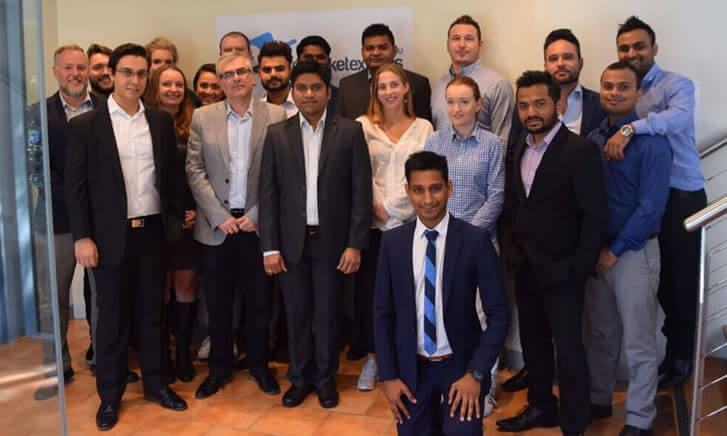How to Maintain SEO Ranking after Reaching the Top
Congratulations! You’ve hit the top Google spot for some of your keywords and are receiving organic visitors. What next? Should you forget all about the top ranking pages and go after the rest of your site? Why fix it if it ain’t broke?
Well, it would’ve been alright to leave those top-ranking pages alone had your competition been asleep. In the real world, there’s always a smart competitor getting ready to bump you out of that coveted top spot. After all, the top ranking result snatches away more than 30% of the organic traffic! So, don’t hang your armor just yet. Here are the actions world’s top SEO experts recommend for maintaining top SEO rankings.
1. Go Crazy About Content
According to research carried out by Ascend2, relevant content creation is the most effective tactic used by 72% of marketers. Ironically, 46% of marketers find content to be the most difficult SEO tactic too. For you, this sounds like an opportunity to reevaluate your content and make it daunting for the competitor to trump you on that front. Here are a few ways to enrich the content of your top ranking pages.
- Beef up the content to more than 2000 words; there’s evidence longer pages rank higher in organic searches
- Think outside the box and add useful elements to your page, such as images or illustrations, a video presentation, an infographic, stats, an interactive tool, etc
- Look at the kind of content your competitors are publishing on the topic and preempt them by thinking one step ahead
2. Improve Keyword Targeting
It won’t be wise to make any drastic changes to the keyword usage on your top-ranking page. However, the overall quality and relevance of keywords on your website can affect the search ranking. Google’s Panda algorithm flags websites for duplicate, thin or irrelevant content, and can cause the rankings of the whole domain to drop. Therefore, it’s advisable that you take another look at your older pages and get rid of irrelevant or excessive keywords.
3. Improve Mobile User Experience
Google’s mobile-friendly update went live last year. Websites that are still not mobile-friendly are now being slapped with lower search rankings. Make sure you keep optimizing the mobile user experience for your top ranking pages. With mobile traffic exceeding desktop traffic on most o the websites, no SEO strategy is complete unless it caters for mobile.
4. Keep Up with Changes
There can be three types of changes you need to keep up with.
- Changes in Google’s Algorithms: Google keeps tweaking its search spiders from time to time, and some of the changes can affect site rankings in significant ways. Keep an eye on the manual actions in you Google Search Console and subscribe to Google Webmaster Blog to stay on top of developments.
- Changes in Your Business: Sometimes, you may need to alter a top ranking page because of a change in your business, such as a new product model or a site revamp, where the URL of the page is going to change. In such cases, you should ensure that 301 redirects are correctly set up and there are no 404 errors.
- Changes in Trends and/or Technology: A new technology or a changing trend can make certain elements on your page outdated, or require new elements to be added. For example, the recent addition of reactions to Facebook posts may require a new Facebook plugin to be installed.
5. Protect Your Online Reputation
Negative reviews and mentions can affect your CTR and be ranking these days. Google’s Penguin algorithm can trace back a negative comment or review that someone made about your business at a third-party forum or review site, even if the comment is not explicitly linked back to your site. The only way you can stop people from hurting your online reputation is by providing excellent products and services. Nonetheless, it’s crucial to monitor your reviews and mentions and respond to them, both by replying as well as by taking the remedial action to satisfy the user.
6. Monitor Google Search Console and Analytics
Your page receives organic traffic when people search for certain keywords with certain intentions. If the mix of keywords driving traffic to your page changes, so can the user behavior. For example, let’s say you were receiving 20 hits from the search term ATV wheel kits and 80 from the term ATV tires. Due to any reason, more people start searching for the first key phrase, and the number of impressions for ATV wheel kits increases to 100. Your page now requires showing more ATV wheel kits above the fold.
Tracking your keywords in Google Search Console and Google Analytics will tell you when your traffic mix changes, so that you may optimize the user experience. Google measures over 200 variables, or search signals, with one goal. It wants to offer the best ever experience to its users. Do the same, and you’ll see your site hitting the top spot for more and more search terms.








